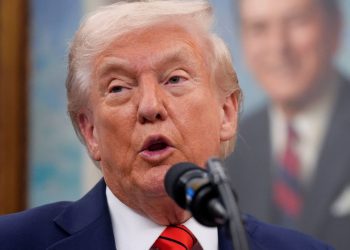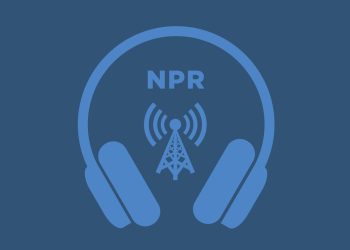Panda Bao Li eats bamboo at the Smithsonian National Zoo in Washington, DC, on January 28. The zoo, along with other Smithsonian facilities, will be closed beginning October 12 as the government shutdown continues.
Kayla Bartkowski/Getty Images
hide caption
toggle caption
Kayla Bartkowski/Getty Images
As the government shutdown drags on, the Smithsonian museums, the National Zoo and other facilities are the latest to be caught in the fray, with the federal trust announcing the closure of all of its sites starting Sunday.
“We will update our operational status as soon as the situation is resolved,” the Smithsonian announced on social media. “We do not plan to update social media other than to inform you of changes to our operational status.”
The closure concerns all 21 Smithsonian museums, its research centers and the National Zoo.

As social media users expressed concern about the welfare of the zoo’s animals, the Smithsonian assured its supporters that the animals would still be cared for while the zoo was closed.
“All animals at the zoo and the Smithsonian Conservation Biology Institute in Front Royal, Virginia, will continue to be fed and cared for,” the Smithsonian said. “A closure will not affect our commitment to the safety of our staff and our standard of excellence in animal care.”
However, the zoo’s beloved animal cameras are considered non-essential and will be turned off for the remainder of the closure.
The Smithsonian receives about 62 percent of its funding from the federal government, which helps support free admission to all of its Washington museums and the National Zoo.
Its facilities were able to keep their doors open for the first 11 days of the shutdown by relying on funds from the previous year, but those coffers have since dried up.

The Smithsonian is just the most recent entity to find itself ensnared in the ongoing conflict over government funding.
Some national parks across the country have also been forced to close, with staff deemed non-essential and sent home until Congress reaches an agreement on government funding.
On Friday, thousands of federal employees at agencies including the Department of Health and Human Services and the Department of Education began receiving reduction-in-force notices, informing them they would be laid off.








